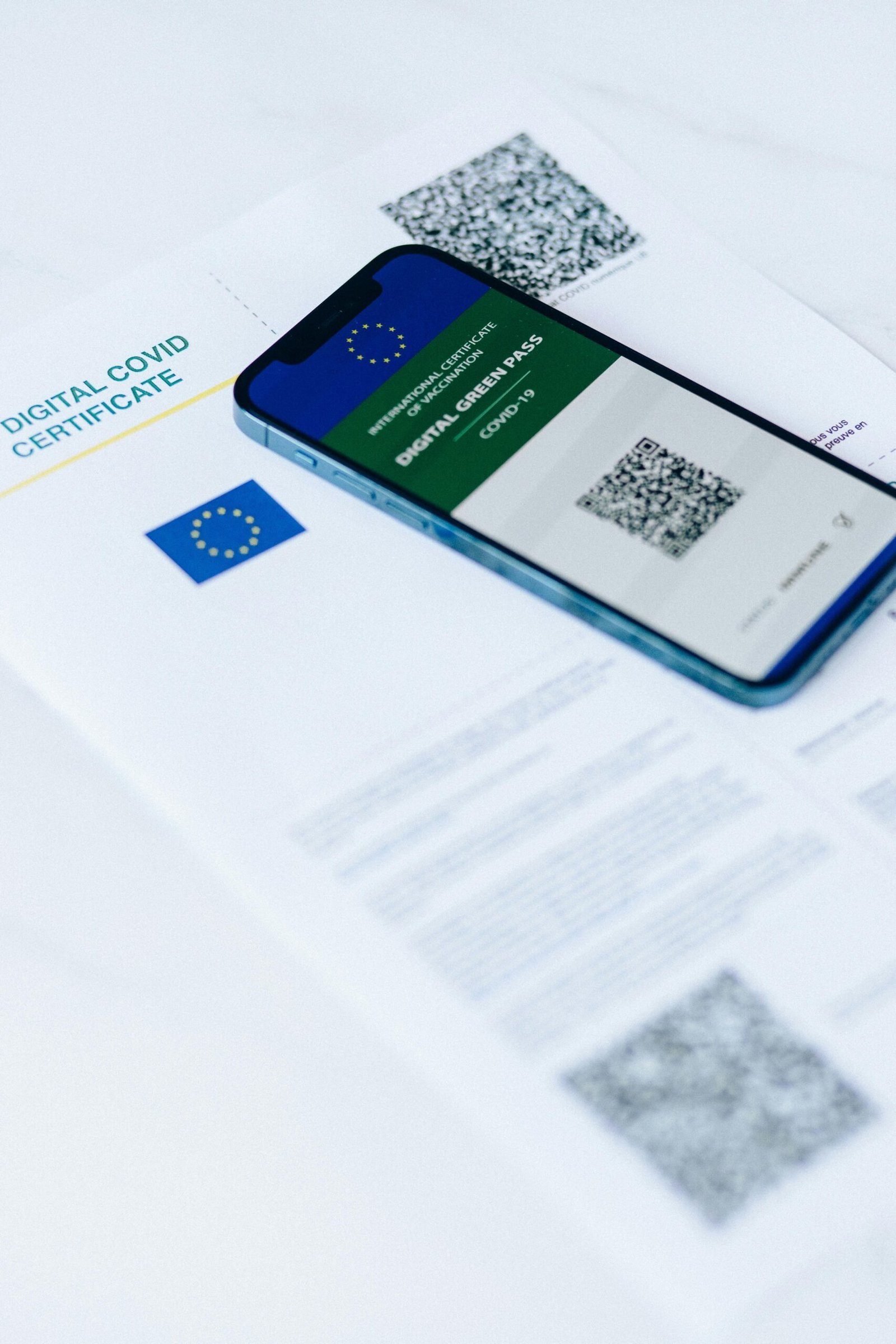The Recurring Tale of Corporate Data Breaches: Lessons Still Unlearned
In recent years, TechCrunch has chronicled a series of unfortunate data breaches, hoping that corporations would learn from these incidents. Yet, here we are again, witnessing a new crop of companies repeating old mistakes. Let’s dive into some of the notable breaches of the past year and see what went wrong.
23andMe: A Genetic Data Disaster
Last year, genetic testing company 23andMe suffered a significant data breach that exposed genetic and ancestry information of nearly 7 million customers. Hackers managed to brute-force access to numerous accounts, highlighting a glaring lack of multi-factor authentication—a feature that was only introduced after the breach. Shockingly, 23andMe shifted the blame onto users for not securing their accounts properly, sparking outrage and legal action from affected customers.
“The finger-pointing was nonsensical,” stated lawyers representing the affected users.
– Legal Representation of 23andMe Users
Change Healthcare: A System-Wide Shutdown
In February, healthcare tech company Change Healthcare faced a crippling cyberattack that forced it to shut down its network, disrupting healthcare services across the U.S. The breach stemmed from a basic user account lacking multi-factor authentication. The company’s response included paying a $22 million ransom, yet they later had to pay another group to secure the stolen data.
Synnovis and NHS: A Long-Lasting Ransomware Impact
This June, Synnovis, a pathology service provider for the NHS, was hit by ransomware, causing months of disruption in London. Thousands of medical appointments were canceled due to this attack by the Qilin ransomware group. Experts suggested that two-factor authentication could have potentially prevented this incident.
Snowflake: A Cloud Computing Complication
Snowflake found itself in hot water as hackers targeted its corporate clients using malware to steal login credentials. Without mandated multi-factor security, vast amounts of customer data were compromised. Snowflake has since implemented stronger security measures to prevent future incidents.
The Columbus Conundrum: A City’s Cyber Strife
The city of Columbus faced a cyberattack over the summer which compromised sensitive resident data. Despite mayor Andrew Ginther’s reassurances about data encryption, evidence surfaced showing that hackers accessed extensive personal information. Following public scrutiny and legal actions, the city dropped its lawsuit against a security researcher who uncovered the breach.
Sneaky Telecom Intrusions: The Salt Typhoon Incident
A Chinese-backed hacking group known as Salt Typhoon exploited outdated telecom systems to access communications of high-profile U.S. officials. This breach highlights the ongoing risks associated with legacy systems and underscores the need for modern encryption practices.
MoneyGram’s Mystery Breach
In September, MoneyGram experienced days of outages due to a cyberattack but initially disclosed little about its scope. It was later revealed that customer data, including sensitive personal information and transaction details, had been stolen during the attack.
Hot Topic: Retail Data Exposed
The October breach of Hot Topic affected 57 million customers, making it one of the largest retail data breaches ever recorded. Despite this massive incident, Hot Topic has yet to publicly acknowledge or notify affected customers about the breach.
The recurring theme in these incidents is clear: inadequate security measures and poor crisis management continue to plague companies across various sectors.
– TechCrunch Analysis
Conclusion: Learning from Past Mistakes
The lessons from these breaches are clear—implementing robust security measures like multi-factor authentication is essential for preventing data theft. Companies must prioritize transparency and accountability when handling such crises to regain public trust and ensure better protection for customer data moving forward.



